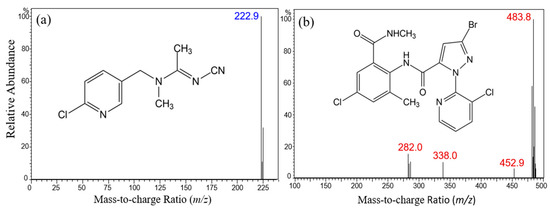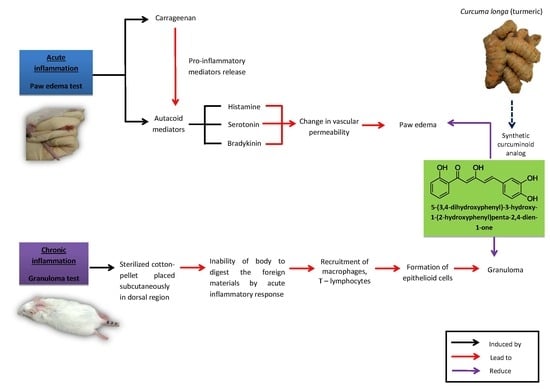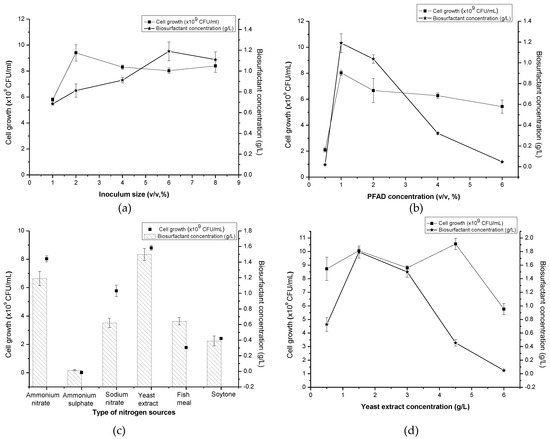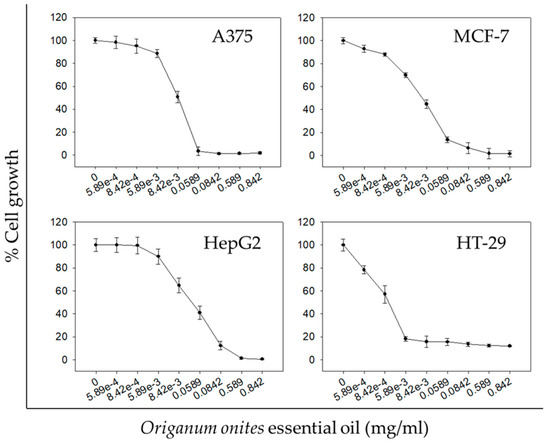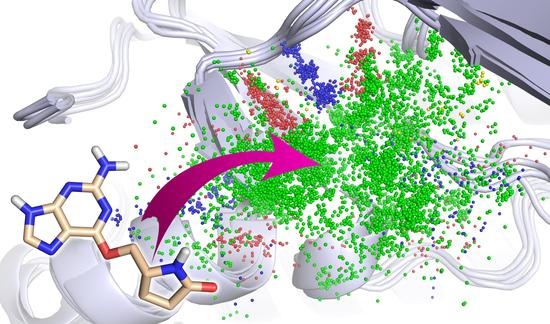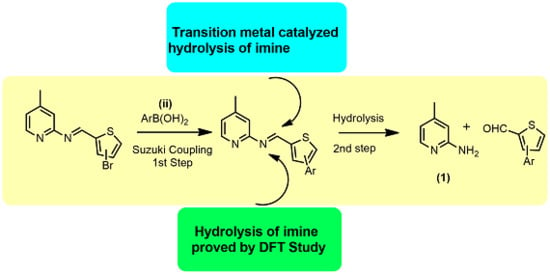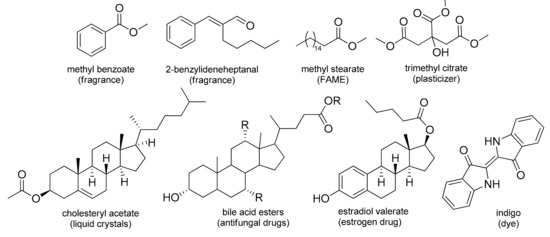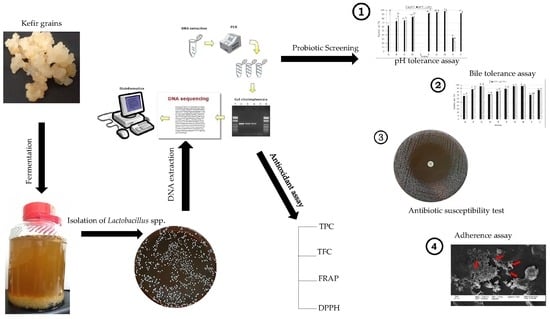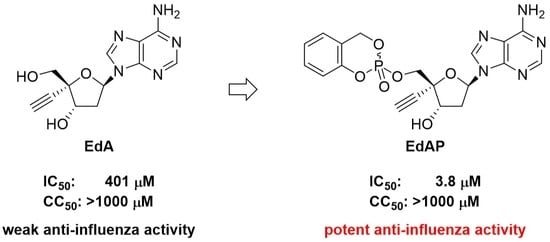Molecules 2019, 24(14), 2617; https://doi.org/10.3390/molecules24142617 - 18 Jul 2019
Cited by 88 | Viewed by 9039
Abstract
Heavy metals from industrial effluents and sewage contribute to serious water pollution in most developing countries. The constant penetration and contamination of heavy metals into natural water sources may substantially raise the chances of human exposure to these metals through ingestion, inhalation, or
[...] Read more.
Heavy metals from industrial effluents and sewage contribute to serious water pollution in most developing countries. The constant penetration and contamination of heavy metals into natural water sources may substantially raise the chances of human exposure to these metals through ingestion, inhalation, or skin contact, which could lead to liver damage, cancer, and other severe conditions in the long term. Biosurfactant as an efficient biological surface-active agent may provide an alternative solution for the removal of heavy metals from industrial wastes. Biosurfactants exhibit the properties of reducing surface and interfacial tension, stabilizing emulsions, promoting foaming, high selectivity, and specific activity at extreme temperatures, pH, and salinity, and the ability to be synthesized from renewable resources. This study aimed to produce biosurfactant from renewable feedstock, which is used cooking oil (UCO), by a local isolate, namely Bacillus sp. HIP3 for heavy metals removal. Bacillus sp. HIP3 is a Gram-positive isolate that gave the highest oil displacement area with the lowest surface tension, of 38 mN/m, after 7 days of culturing in mineral salt medium and 2% (v/v) UCO at a temperature of 30 °C and under agitation at 200 rpm. An extraction method, using chloroform:methanol (2:1) as the solvents, gave the highest biosurfactant yield, which was 9.5 g/L. High performance liquid chromatography (HPLC) analysis confirmed that the biosurfactant produced by Bacillus sp. HIP3 consists of a lipopeptide similar to standard surfactin. The biosurfactant was capable of removing 13.57%, 12.71%, 2.91%, 1.68%, and 0.7% of copper, lead, zinc, chromium, and cadmium, respectively, from artificially contaminated water, highlighting its potential for bioremediation.
Full article
(This article belongs to the Special Issue Heavy Metals Removal from Contaminated Soil and Water)
►
Show Figures

